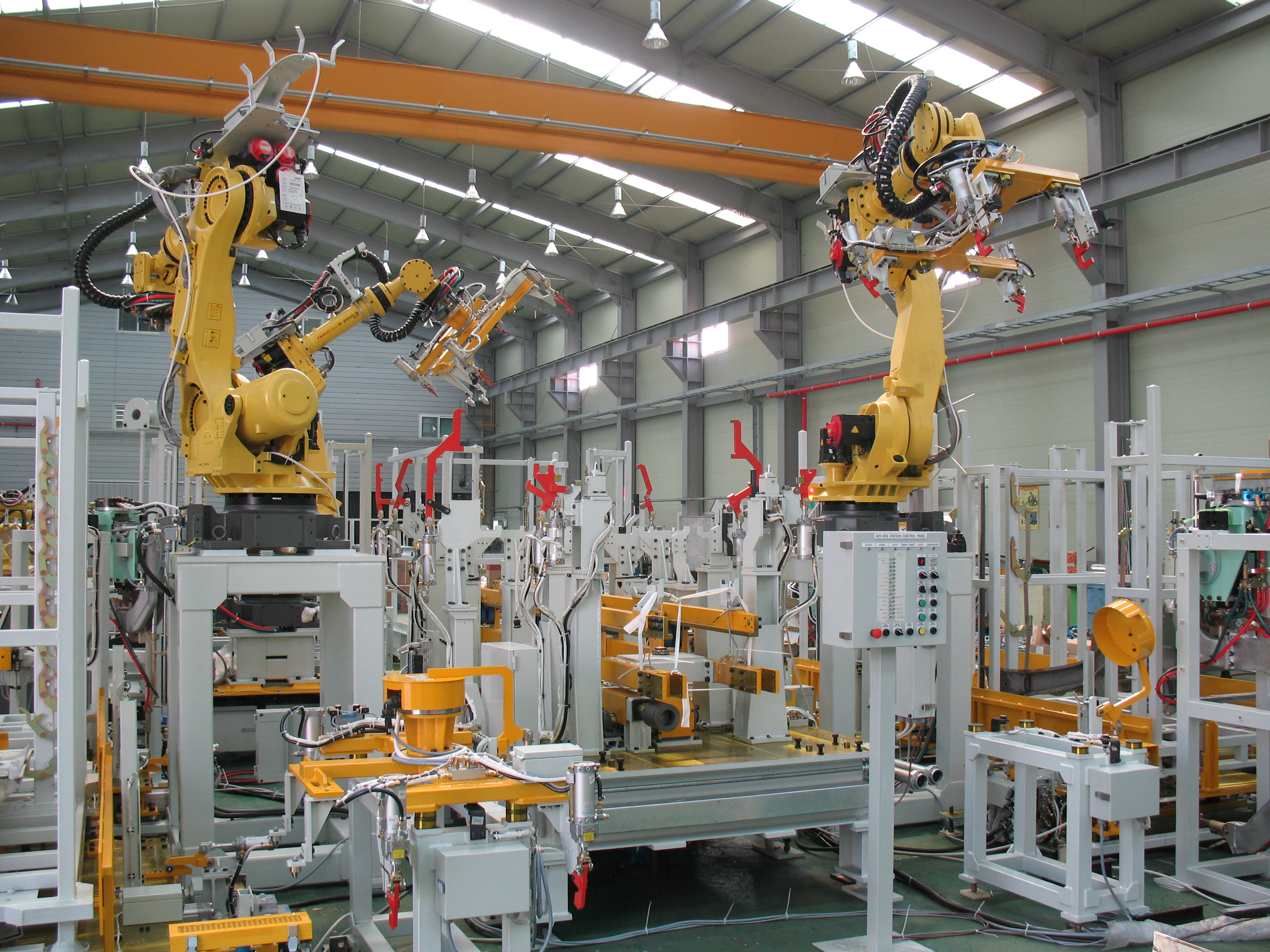
For manufacturers, the laws governing sales and use taxes are often very complicated. This is because each state has their own sales tax laws versus a blanket federal sales tax. Therefore, it is key to create a process that is repeatable and consistent. One of the key ways to do this is through automation. By automating your sales and use tax compliance, you decrease the chances of errors, while getting a more accurate result. Here are just a few of the important things to consider with an automation system.
Key Points of Automation
Here are just a few of the key points to keep in mind when you are looking at potential automation systems. These points can help you to choose one that gives you a leg up, instead of causing more work for your administrative staff.
Critical Features of an Automated System
Some of the critical features you should consider include the integration of the system with all your other systems. Will you need to consider updating other systems in order to achieve the seamless transition and merger of these software packages. Does it have ecommerce integration capability? This is key, especially if you are offering a website for your distributors and wholesalers to use when placing their orders with you. Your system should be able to determine if the transaction requires tax collection and how much needs to be set aside into your accounts to cover that amount.
Software as a Service options can not only be cost effective; they are also generally kept updated on a regular basis. Additionally, they may also be able to integrate into your current system and financial applications to create a fairly seamless transition. When it comes to tracking exemption certificates, this type of integration can be key to maintaining your tax compliance.
What Can Change Your Nexus?
As part of choosing your automation system, you have to recognize that anywhere you may end up completing an installation of finished products may mean that you are creating a nexus for yourself in that state. This means that your system needs to be able to adapt as you add states and their additional obligations in terms of sales tax and use tax.
Even if you use a third party contractor, you may have still created a nexus that will now increase your tax obligation. Since this means a lot of information specific for each state, it is easy to see why you need to make sure that your automation system can handle the additions. Since each state has their own rules for what creates a nexus, you need to include a nexus study before you enter a new state to conduct business, so you know if you are creating a nexus or not. If you don’t, then it can reduce the number of sales tax states that you have to comply with.
As you can see, a manufacturer also has obligations in the states that they do business in to meet all those states’ sales and use tax obligations. Yet it can also be a complicated process without using automation, especially for those will distributors across the country. Therefore, you need to choose a system that can handle all the information that you will need to have at your fingertips in terms of meeting your sales tax and use tax liabilities.
